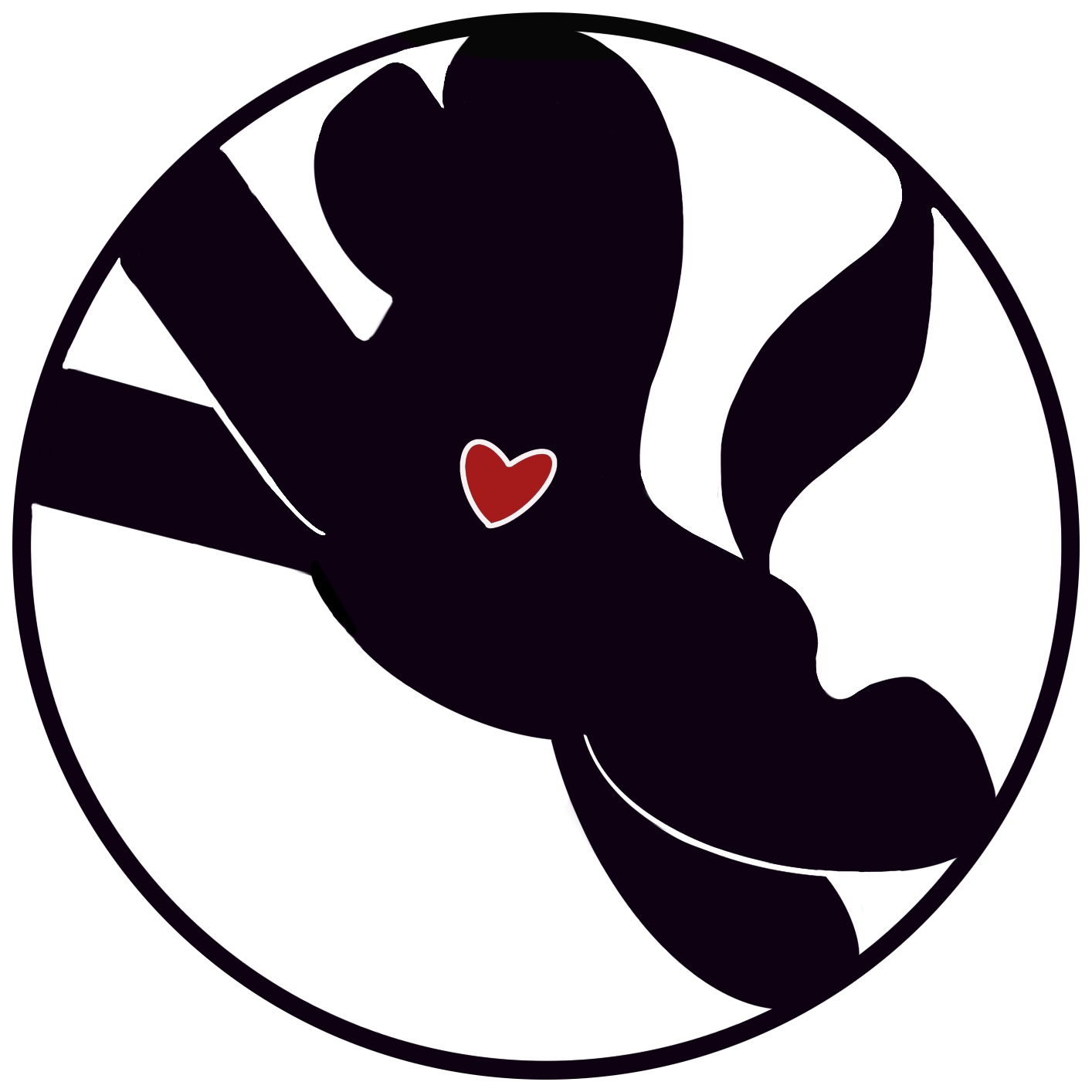Tear And Saliva Staining

by Vickie Halstead RN, CCRN, CEN, CVNS, CLNC
Tear and/or saliva staining is a bone of contention for many Bichon owners, although the incidence has decreased in the last 15 years. Is tear/saliva staining a health issue, or is it a cosmetic issue? The answer is BOTH.
Often Bichons that have a pink or reddish-brown discoloration in the hair below the eyes will also have discolored hair near the mouth or areas that are licked, such as the feet. Saliva and tears normally are clear, so discolored body fluids indicates that the internal body chemistry is altered. In addition, if an area of the body is constantly moist yeast (fungus) and bacteria can grow, which can also discolor the hair and cause the skin in the area under they eyes to be reddened and produce an odor.
Excessive tearing may be hereditary. The cause may be eye irritation secondary to allergies, eyelid disorders, blocked tear ducts, or eye diseases. A canine ophthalmologist may need to be consulted to treat the underlying disorder. Moreover, excess untrimmed hair around the eyes can contribute to tearing by irritating the eyes.
Several theories exist as to the treatment of tear staining. In this author’s opinion, one intervention will not resolve the staining. Instead, a combination of therapies is needed. The first goal is to rule out any eye disorders or allergies that may need to be treated by obtaining an exam by a canine ophthalmologist.
The second goal is to keep the area clean under the eyes. Bichons tend to have 3 levels of condition of the skin and hair under the eyes: dry with crusty eye matter, moist with mucous eye matter, and wet with persistent eye drainage. At the very least the eye matter or mucus must be cleared daily from the inner corner of the eyes. Wet drainage must be cleaned at least daily with an eye cleaning product, cotton pad, or baby shampoo applied and then wiped away with a wet washcloth. Be advised that even baby shampoo contacting the eyes can burn the eye tissue without adequate rinsing of the eye with water.
The third goal is to improve the dog’s body chemistry by improving the quality of what is ingested, and antibiotics may contribute. Step 1 is to provide fresh water that is either distilled or filtered via reverse osmosis. Some well water contains high quantities of iron and minerals that may alter the color of tears and saliva, plus may stain the beard. Step 2 is to improve the nutritional status of the dog. Provide a top quality dog food that does not contain food dyes, tomato pomace, or beet pulp that can contribute to staining. Read this article on optimizing canine diets www.bichonhealth.org/HealthInfo/HealthyDiet.htm to help you chose a diet and treats that are less likely to contain ingredients that may cause allergic reactions such as grains, poor quality proteins, food dyes, and preservatives.
Other methods to improve or alter the body chemistry include adding a teaspoon of apple cider vinegar to each gallon of distilled water that is supplied to your Bichon, or adding a tablespoon of cream cheese or teaspoon of buttermilk powder daily to the food.
The fourth goal is to treat the potential yeast or bacterial infection that may have developed below the eyes from persistent moisture. Antibiotics can be utilized, and may also assist in stabilizing the body chemistry. However, consult your veterinarian before giving medications to your Bichon Frise. Antibiotics that may be useful are Tetracycline (Terramycin), Lincomycin (Lincocin), or Tylosin (Tylan). Tylan is available for purchase as a powder from pet supply catalogs and some feed stores, or as an ingredient in a product for tear staining, but is more effective if given full strength. These antibiotics are bitter to taste in the powdered form, so camouflage it in wet or canned food daily in very small doses (a pinch for an adult Bichon) for 1-2 weeks.
Boric Acid powder fights yeast, which can be purchased at drug stores. Clean and dry the wet area below the eyes and then apply the powder with an old toothbrush 1-2 times per day. Boric Acid, often one of the ingredients in eye drops, is not harmful to the eyes; however avoiding contact with the eyes is safer.
As a case study, I would like to present a 3 month-old male Bichon that I received as a puppy-back from a co-owned litter. His breeder ran out of the high quality food shortly before I acquired him, so she changed to a convenient food that she was able to quickly purchase from a pet store. His tear staining was severe, with constant tearing and staining above and below the eyes. I suspected he was allergic to some ingredient in the food. In about 3 weeks his tearing and staining resolved to the point that the only drainage from his eyes was dry matter. I utilized a combination of these therapies: changed his diet to a high quality food and supplements, gave him only distilled water to drink, cleaned the area under the eyes daily with a cleaning product, applied Boric Acid powder daily to the area below the eyes, and added a pinch of Tylan to his daily meal for about 10 days.
In summary, to resolve tear/saliva staining a combination of these therapies is required:
- Rule out any eye disorder or allergy that may cause excessive tearing.
- Keep the hair trimmed around the eyes.
- Maintain cleanliness of the area under the eyes.
- Provide an optimally nutritious diet.
- Provide fresh water, either distilled or filtered via reverse osmosis.
- Apply Boric Acid powder to the moist area under the eyes.
- Consider giving an antibiotic after consultation with your veterinarian.
